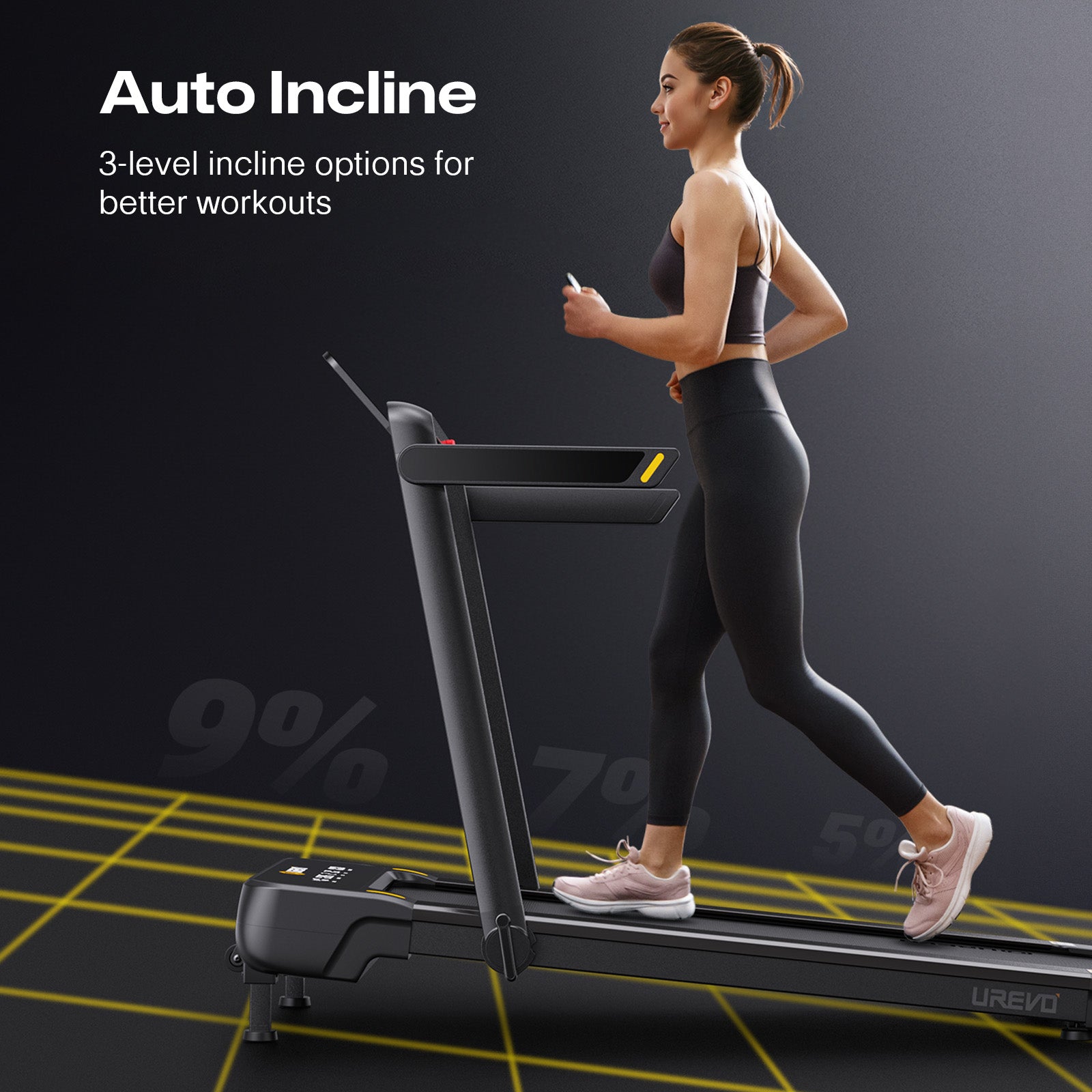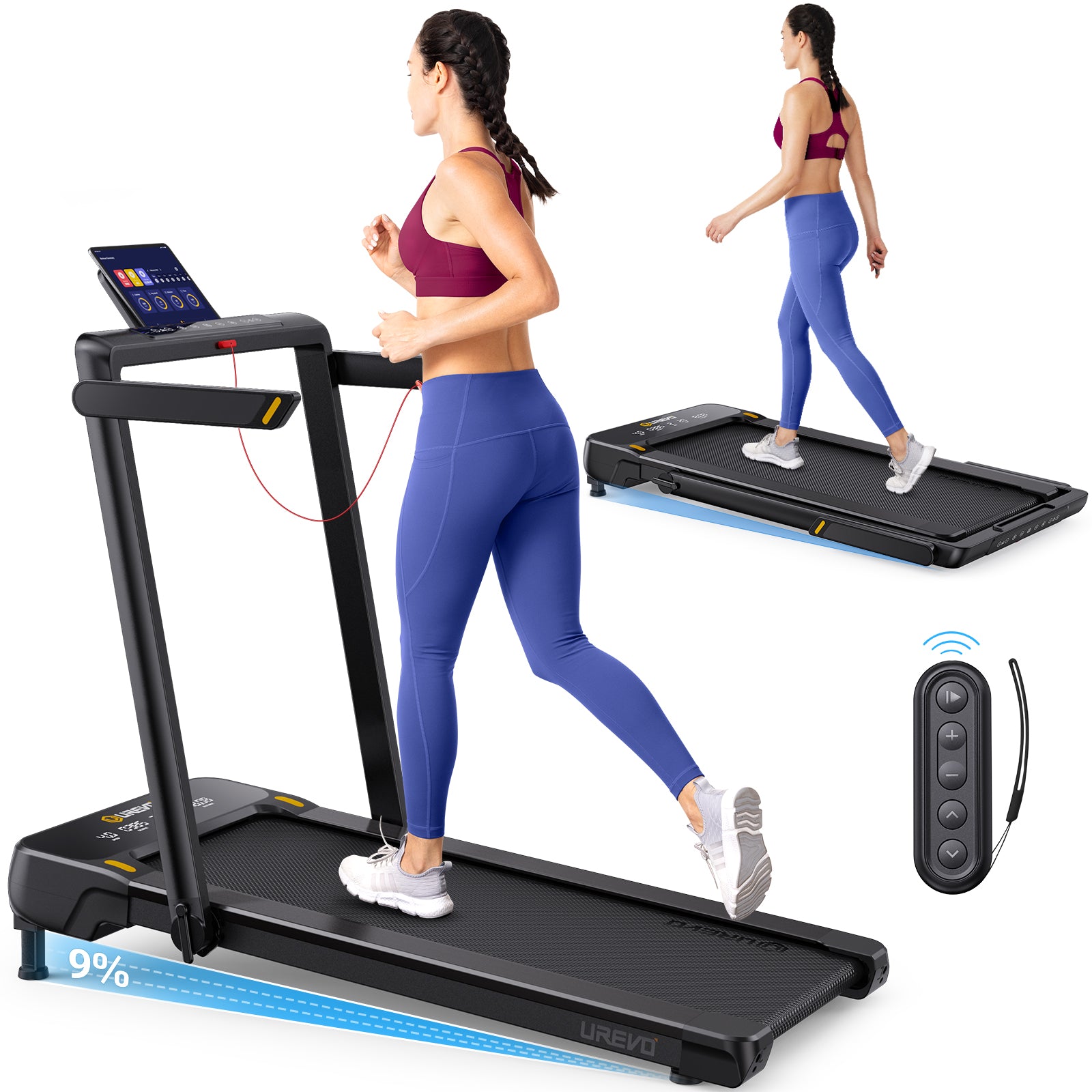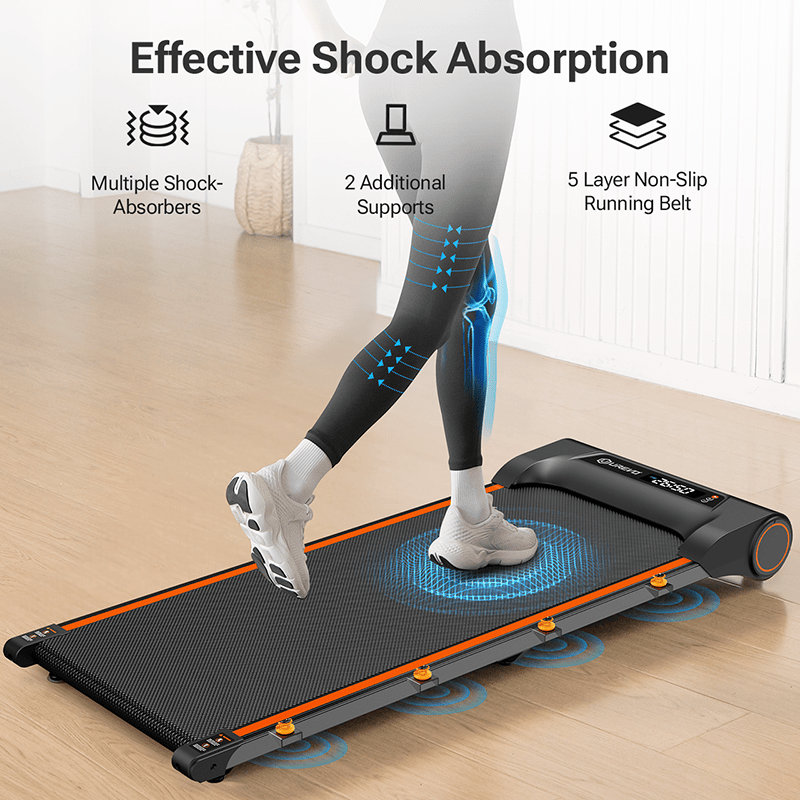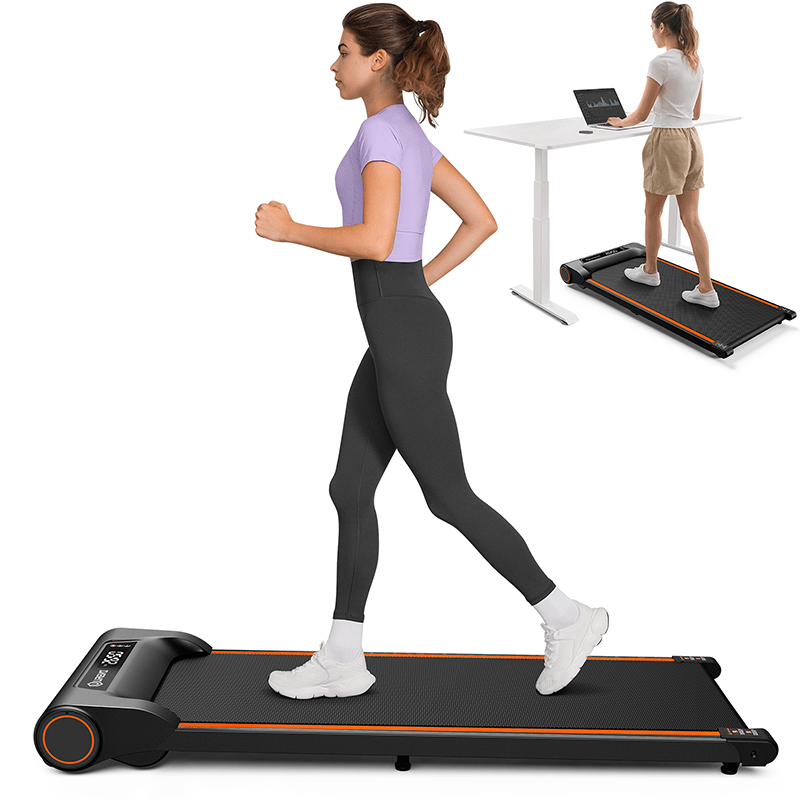Like a well-oiled machine, your body requires proper maintenance after a grueling treadmill session. Just as a car needs cooldown and refueling after a long journey, your body demands attention and care following intense exercise. Implementing effective recovery strategies can accelerate your fitness progress, reduce injury risk, and enhance overall performance. Let's explore some key tips to help you bounce back faster after your treadmill workouts.
Why Recovery is Important
During exercise, especially high-intensity treadmill sessions, microscopic tears occur in muscle fibers. These tears are a natural part of the muscle-building process. As your body repairs these tears, muscles grow stronger and more resilient. However, without adequate recovery time and proper nutrition, your body may struggle to repair itself effectively, potentially leading to decreased performance and increased risk of injury.
Proper recovery techniques offer numerous immediate benefits. They help reduce muscle soreness, decrease fatigue, and improve flexibility. Additionally, effective recovery practices can enhance your mental state, leaving you feeling refreshed and motivated for your next workout. Ultimately, consistent recovery routines contribute to long-term fitness gains and improved overall health.

Drink Up
Staying hydrated is key for bouncing back after a treadmill session. Aim to drink 16-20 ounces of water within 30 minutes of finishing your workout. Throughout the day, try to get in half your body weight in ounces of water. So, if you weigh 150 pounds, shoot for 75 ounces daily.Look out for signs of dehydration, like dark urine, dry mouth, fatigue, dizziness, or headaches—these can all slow down your recovery. If you’re noticing these, up your water intake. If your treadmill session was extra intense, consider adding some electrolytes to your water.
Fuel Up Right
Grab a balanced snack within 30 minutes post-workout to kickstart recovery. Go for a mix of carbs and protein—think Greek yogurt with berries, a banana with peanut butter, or a smoothie with protein powder and fruit.Protein is key for muscle repair, so aim for 20-30 grams of quality protein within an hour after working out. Lean meats, fish, eggs, dairy, tofu, or legumes are all solid options. Carbs help replenish your glycogen stores, so pick complex ones like whole grains, sweet potatoes, or quinoa for lasting energy.
Stretch It Out
Stretching after a workout can boost flexibility and ease muscle tension. Right after your treadmill session, try some dynamic stretches, moving parts of your body to gradually increase reach and speed. Save static stretching—where you hold a stretch for 15-30 seconds—for later in the day or before bed.Foam rolling is another great option to relieve muscle tightness and boost circulation. Focus on tight areas, like calves, quads, and hamstrings. Roll each muscle group for 1-2 minutes, moving slowly and pausing on any sore spots.
Rest and Recharge
Good sleep is a game-changer for recovery. During deep sleep, your body releases growth hormones that aid in muscle repair. Aim for 7-9 hours a night to stay on top of your performance.Setting up a relaxing bedtime routine can help. Try reading, gentle stretching, or meditating, and avoid screens at least an hour before bed—the blue light can mess with your sleep cycle.
Stay Active on Rest Days
On rest days, light exercise like walking, swimming, or cycling can keep blood flowing and help with recovery. These activities flush out metabolic waste and bring nutrients to your recovering muscles.Yoga or gentle stretching is also great for loosening up and reducing muscle tension. Focus on poses that target areas you worked on during your treadmill sessions, like hip openers and hamstring stretches.

Try Cold Therapy: Ice Baths and Cold Showers
Cold therapy can help with inflammation and soreness by narrowing blood vessels, which flushes out waste and reduces swelling. Many people find that cold therapy makes them feel refreshed and ready to go again.If you’re new to cold therapy, start small: try 30-60 seconds of cold water at the end of your shower or a 5-10 minute cold bath. Listen to your body and stop if you feel uncomfortable.
Heat Therapy: Hot Baths and Saunas
Heat therapy increases blood flow, relaxes muscles, and eases stiffness. It’s especially helpful for chronic soreness or joint pain. The added relaxation can help with overall recovery too.Some people find that alternating between hot and cold therapy—called contrast therapy—works well. It usually involves starting with heat and ending with cold. Always check with a healthcare provider before trying out new recovery techniques.
The Takeaway
Recover well after a treadmill workout by following the tips below:
- Drink 16-20 ounces of water right after your workout, and stay hydrated throughout the day. Add electrolytes if it was an intense session.
- Eat a mix of carbs and protein within 30 minutes, like yogurt with berries or a banana with peanut butter, to aid muscle recovery.
- Do dynamic stretches post-workout and use a foam roller later to ease tight muscles in calves and thighs.
- Aim for 7-9 hours of sleep to support muscle repair.
- Light activities on rest days, like walking or yoga, boost blood circulation and speed up recovery.
- Cold baths reduce soreness, while warm baths help relax muscles.


























